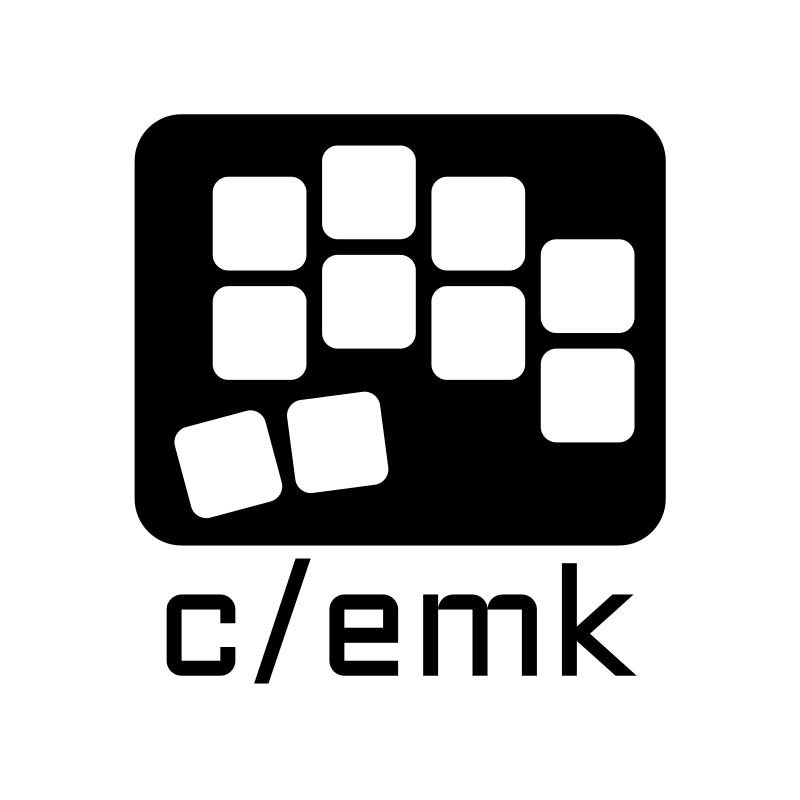

It took me a couple months to stop thinking about layers.
My first move toward ergonomics was a Keebio Fourier 40%. It had been a few months before that when I started using Colemak on my laptop keyboard; I did that using Windows keyboard settings, and I was taking notes in meetings, so whenever I couldn’t keep up, switching back to QWERTY was a hotkey away.
After switching to the Fourier, and iterating many times on the QMK settings, that was the month or two where I had to think through all the control keys, symbols, and function keys I was typing. I didn’t quit typing on other keyboards, although I typed on my Fourier as much as possible; and I have not ended up forgetting anything I learned before.
I’m now on the precipice of moving from a 4x6 Dactyl Manuform to a 4x5 Splaytyl (if I can find those dang parts and get the thing built!) and that’s too small to have things like Tab, Enter, or the backslash on the home layer. I’m nervous. I’ve tried making a 4x5 layout for the DM, but haven’t ended up sticking with it. I couldn’t really get used to keys that are physically there, not doing anything.
My ergo journey started with similar requirements to yours - specifically including the Y and B keys. Along the way, I learned how important layers are for comfort, ditched QWERTY entirely for Colemak DH, bought a 3D printer, and ended up at 40%. Several years ago, there was a term “1KFH” (“one key from home”) people used to describe the amazing amount of comfort they found when they never had to move their fingers more than one key away from home position, nor to move their hands.
I’m not saying you have to change your requirements, now or ever, but I think people who start to make their own ergo keyboards may be subject to this sort of requirements drift, such that if they ever make it to the product phase, their products aren’t what they initially expected to be building. And maybe this sort of dynamic is what makes it less likely for the product you are looking for to have been built already.